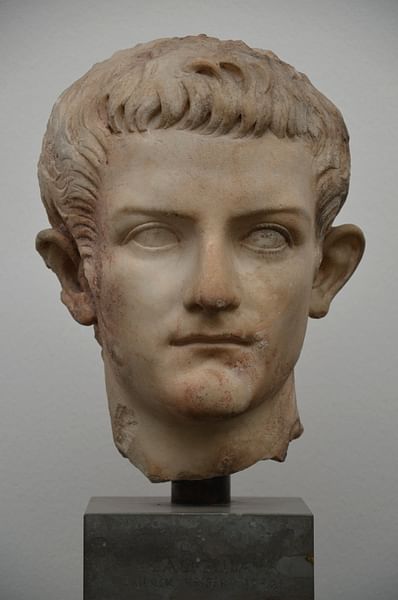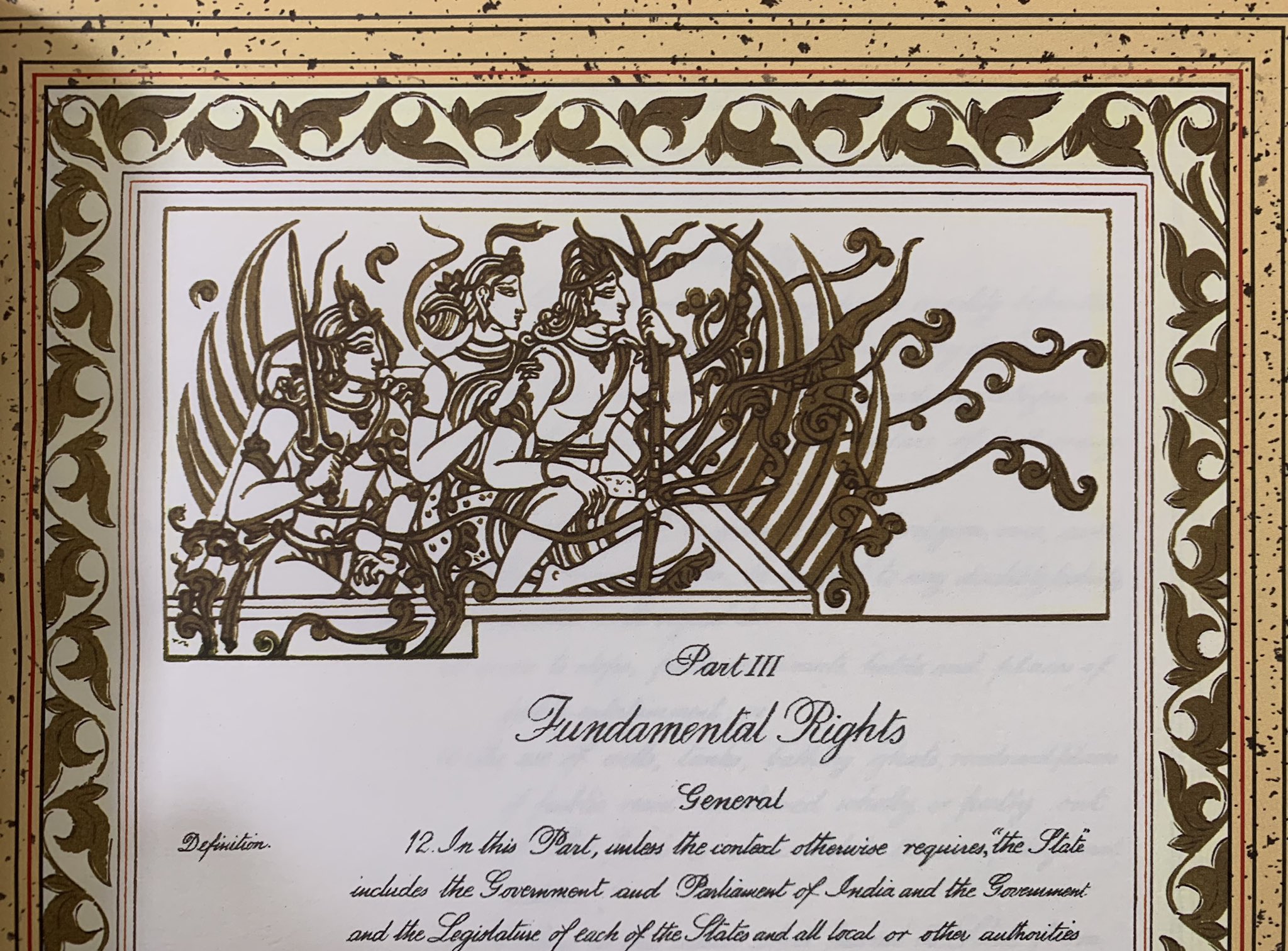ആ നിയമോപദേശം ശരിയല്ല
നിയമമന്ത്രി എ കെ ബാലൻ പറഞ്ഞത്,ലൈഫ് മിഷൻ പദ്ധതിയിൽ റെഡ് ക്രെസൻറ് സഹായം സംബന്ധിച്ച നിയമോപദേശത്തിൽ തനിക്ക് ഒരു പങ്കുമില്ല,നിയമ സെക്രട്ടറിക്കാണ് ഉത്തരവാദിത്തം എന്നാണ്.അത് ശരിയുമാണ്.
പി കെ അരവിന്ദ ബാബു നിയമ സെക്രട്ടറി ആയി നിയമിക്കപ്പെട്ടത് 2019 ജൂൺ ഒന്നിനാണ്.ലൈഫ് മിഷൻ പദ്ധതിക്ക് റെഡ് ക്രെസൻറ് സഹായത്തിന് വിദേശ അനുമതി സംബന്ധിച്ച നിയമോപദേശം വാങ്ങാൻ മുഖ്യമന്ത്രിയുടെ ഓഫിസിൽ നിന്ന് എം ശിവശങ്കർ തദ്ദേശ ഭരണ അഡീഷണൽ ചീഫ് സെക്രട്ടറി ടി കെ ജോസിന് എഴുതുന്നത് ജൂലൈ പത്തിന്.അടുത്ത ദിവസം റെഡ് ക്രെസെന്റുമായി കരാർ ഒപ്പിടുമ്പോൾ കേന്ദ്ര അനുമതി വേണ്ടെന്ന നിയമോപദേശം കിട്ടിയിരുന്നു.
ഈ നിയമോപദേശം ശരിയായിരുന്നോ ?
കേരളം പ്രളയം കണ്ട 2018 ൽ കേന്ദ്ര നയം പ്രളയം പോലുള്ള ഘട്ടങ്ങളിൽ വിദേശ സഹായം സ്വീകരിക്കരുത് എന്നായിരുന്നു.അതിനാൽ കേരളത്തിന് യു എ ഇ വഴി വരേണ്ട 700 കോടി കിട്ടാതെ പോയി എന്ന് ഇടതു കേന്ദ്രങ്ങൾ സങ്കടം പറയാറുണ്ട്.ദുരിതങ്ങൾ രാജ്യം സ്വയം തരണം ചെയ്യും എന്നാണ് കേന്ദ്ര നയം.
അക്കാലത്ത് യൂറോപ്യൻ യൂണിയൻ സഹായത്തിന് കണ്ടെത്തിയ ബദൽ വഴി ആയിരുന്നു റെഡ് ക്രോസ് / റെഡ് ക്രെസൻറ്. 1,90,000 പൗണ്ട് ( രണ്ടു കോടി രൂപ ) അടിയന്തര സഹായമായി റെഡ് ക്രോസിന് അനുവദിച്ചു.കേന്ദ്ര വിദേശ കാര്യ വക്താവ് രവീഷ് കുമാർ വിദേശ സർക്കാരുകളിൽ നിന്ന് സഹായം സ്വീകരിക്കില്ലെന്ന് വ്യക്തമാക്കിയ ശേഷം ആയിരുന്നു,ഇത്.പ്രവാസികളിൽ നിന്നോ ഇന്ത്യൻ വംശജരിൽ നിന്നോ ഫൗണ്ടേഷനുകൾ പോലുള്ള രാജ്യാന്തര സംഘടനകളിൽ നിന്നോ പ്രധാന മന്ത്രിയുടെയും മുഖ്യമന്ത്രിയുടെയും ദുരിതാശ്വാസ നിധികളിലേക്ക് സംഭാവന സ്വീകരിക്കാം എന്നും വ്യക്തമാക്കിയിരുന്നു.
ഈ നിർദേശം അനുസരിച്ച് റെഡ് ക്രോസ് വഴി സഹായിക്കാം എന്ന് വന്നു.വീട്ടുപകരണങ്ങൾ അത് നഷ്ടപ്പെട്ടവർക്ക് നൽകുക,പ്രളയത്തിന് പിന്നാലെ രോഗങ്ങൾ വരുന്നതിനാൽ കൊതുകു വലകൾ നൽകുക തുടങ്ങിയവയാണ് ലക്ഷ്യമെന്ന് യൂറോപ്യൻ യൂണിയൻ പ്രസ്താവന ഇറക്കി.
റെഡ് ക്രോസ് / റെഡ് ക്രെസൻറ് സൊസൈറ്റിയുടെ ദുരിതാശ്വാസ അടിയന്തര നിധിക്കായിരുന്നു സംഭാവന.
യു എ ഇ യിൽ നിന്ന് സഹായം സ്വീകരിക്കേണ്ടതില്ല എന്ന കേന്ദ്ര നിർദേശത്തെ എതിർത്ത ധനമന്ത്രി തോമസ് ഐസക്കിന്റെ പ്രസ്താവന കേന്ദ്രം ശ്രദ്ധിച്ചു.2016 ലെ ദേശീയ ദുരിതാശ്വാസ നിയന്ത്രണ പദ്ധതിയിൽ India “may" accept aid “if the national government of another country voluntarily offers assistance as a goodwill gesture in solidarity with the disaster victims" ( ഇന്ത്യയ്ക്ക് വേണമെങ്കിൽ മറ്റൊരു രാജ്യത്തിൻറെ സ്വയമേവയുള്ള സഹായം ദുരിത നേരത്തെ ഐക്യദാർഢ്യമെന്ന നിലയിൽ സ്വീകരിക്കാം ) എന്നുള്ളതായി ഐസക് ട്വിറ്ററിൽ കുറിച്ചു.
ഐസക്കിന് തെറ്റി എന്ന് കേന്ദ്രം വിലയിരുത്തി."വേണമെങ്കിൽ" എന്ന പ്രയോഗത്തിന് അർഥം,കേന്ദ്രം വിദേശ സഹായം സ്വീകരിക്കണം എന്നല്ല.
ഗുജറാത്തിൽ 2001 ൽ ഭൂകമ്പമുണ്ടായപ്പോൾ അവിടത്തെ സർക്കാർ സഹായം സ്വീകരിച്ചത്,ശ്രദ്ധിച്ചാണ്.മരുന്ന് സ്വീകരിച്ചതേയില്ല.
ഇത്രയും പറഞ്ഞതിൽ നിന്ന് തെളിയുന്നത്,ഇവിടത്തെ റെഡ് ക്രോസ് വഴിയാണ് യു എ ഇ സഹായിക്കേണ്ടിയിരുന്നത് എന്നാണ്;അതും മനുഷ്യന് ആവശ്യം വേണ്ട വസ്തുക്കൾ എന്ന നിലയിൽ.
എമിറേറ്റ്സ് റെഡ് ക്രെസൻറ് ,ഇവിടത്തെ റെഡ് ക്രോസ് വഴിയാണ് വരേണ്ടിയിരുന്നത്.അത് സംഭവിച്ചില്ല.
കോഴ നൽകിയതായി കരാറുകാരൻ പറഞ്ഞിട്ടുണ്ട്;അത് റെഡ് ക്രോസ് പ്രവത്തനത്തിൽ ഇല്ല.രാഷ്ട്രപതിയാണ് റെഡ് ക്രോസ് അധ്യക്ഷൻ.
അതിനാൽ,കേരളത്തിലെ 20 കോടി റെഡ് ക്രെസൻറ് പദ്ധതിയിൽ എന്തോ ചീഞ്ഞു നാറുന്നു .
ഷേക്സ്പിയറുടെ 'ഹാംലെറ്റ്' നാടകത്തിൽ,കാലം ചെയ്ത രാജാവിൻറെ പ്രേതം പ്രത്യക്ഷപ്പെട്ട ശേഷം,കൊട്ടാരം കാവൽക്കാരൻ പറയുന്നു:"Something is rotten in the state of Denmark" ( ഡെന്മാർക്കിൽ എന്തോ ചീഞ്ഞു നാറുന്നു).
ചില പ്രത്യേക താൽപര്യങ്ങൾ മുൻ നിർത്തി മുഖ്യമന്ത്രിയുടെ ഓഫീസ് നന്നായി നടന്നു വന്ന ലൈഫ് മിഷൻ പദ്ധതി ഏറ്റെടുക്കുകയായിരുന്നു എന്ന് രേഖകൾ വ്യക്തമാക്കുന്നു.അതിനാൽ പിണറായി വിജയന് എളുപ്പം കൈകഴുകാൻ ആവില്ല.
ലൈഫ് മിഷൻ മേധാവി സ്ഥാനത്തു നിന്ന് എസ് ഹരികിഷോറിനെ മാറ്റി, ആ സ്ഥാനത്തും എം ശിവശങ്കറിനെ അവരോധിച്ച് സർക്കാർ ഉത്തരവിറക്കിയത് 2018 ജൂൺ പതിനാറിനായിരുന്നു. ജനകീയനായ ഉദ്യോഗസ്ഥൻ എന്ന പേരുള്ള ഹരികിഷോറിനെ നീക്കിയത് സംശയാസ്പദമാണ്. നിശ്ചിത സമയത്ത് പദ്ധതി തീരുന്നില്ല എന്നാണ് കാരണം പറഞ്ഞത്. അന്ന് ശിവശങ്കർ പ്രിൻസിപ്പൽ സെക്രട്ടറി ആയിട്ടില്ല. മുഖ്യമന്ത്രിയുടെ ഓഫിസർ ഓൺ സ്പെഷൽ ഡ്യൂട്ടി ആയിരുന്നു.
ഹരികിഷോർ ലൈഫ് മിഷൻ മേധാവിയായി സ്ഥാനമേറ്റ് വെറും രണ്ടാഴ്ച കഴിയും മുൻപായിരുന്നു അദ്ദേഹത്തെ നീക്കിയത്. അതിനാൽ മതിയായ കാരണം അതിന് പിന്നിലില്ല. ഹരികിഷോറിനെ കുടുംബ ശ്രീ മേധാവിയാക്കി -പ്രധാനമന്ത്രി ആവാസ് യോജന എന്ന ഭവന പദ്ധതി അതിന് കീഴിലുണ്ട്.
2018 ഏപ്രിൽ പതിനൊന്നിന് നടന്ന ലൈഫ് മിഷൻ അവലോകന യോഗത്തിൽ മുഖ്യമന്ത്രി ലൈഫ് മിഷൻ നടത്തിപ്പിൽ അതൃപ്തി പ്രകടിപ്പിച്ചിരുന്നു. അതിൻറെ ഒന്നാം ഘട്ടത്തിൽ ഓരോ ജില്ലയിലും ഒരു പാർപ്പിട സമുച്ചയം എന്ന ലക്ഷ്യം ഒരു വർഷത്തിനകം വേണ്ട വണ്ണം പൂർത്തീകരിക്കാനായില്ല എന്നായിരുന്നു വിമർശനം. ടെൻഡർ വഴിയോ സർക്കാർ ഏജൻസികൾ വഴിയോ ഉടൻ നിർമാണം നടത്താൻ ചീഫ് സെക്രട്ടറി പോൾ ആന്റണിയോട് നിർദേശിക്കുകയും ചെയ്തു. വടകരയിലെ ഊരാളുങ്കൽ സൊസൈറ്റിയെ ഇതിനായി നിർദേശിച്ചത് വിവാദമുണ്ടാക്കി. കേന്ദ്ര വിജിലൻസ് കമ്മിഷന്റെയോ സംസ്ഥാന ധന വകുപ്പിന്റെയോ മാർഗ നിർദേശങ്ങൾ പരിഗണിച്ചില്ല.
ഇതിനെ തദ്ദേശ ഭരണ സെക്രട്ടറി ബി അശോക് എതിർത്തപ്പോൾ അദ്ദേഹത്തെയും മാറ്റി
. ജൂനിയർ ഐ എ എസ് ഓഫീസർമാരെ വയ്ക്കുന്ന സിവിൽ സപ്ലൈസ് എം ഡി സ്ഥാനം കിട്ടിയ അശോക് ഇപ്പോൾ അവധിയിലാണ്.




















